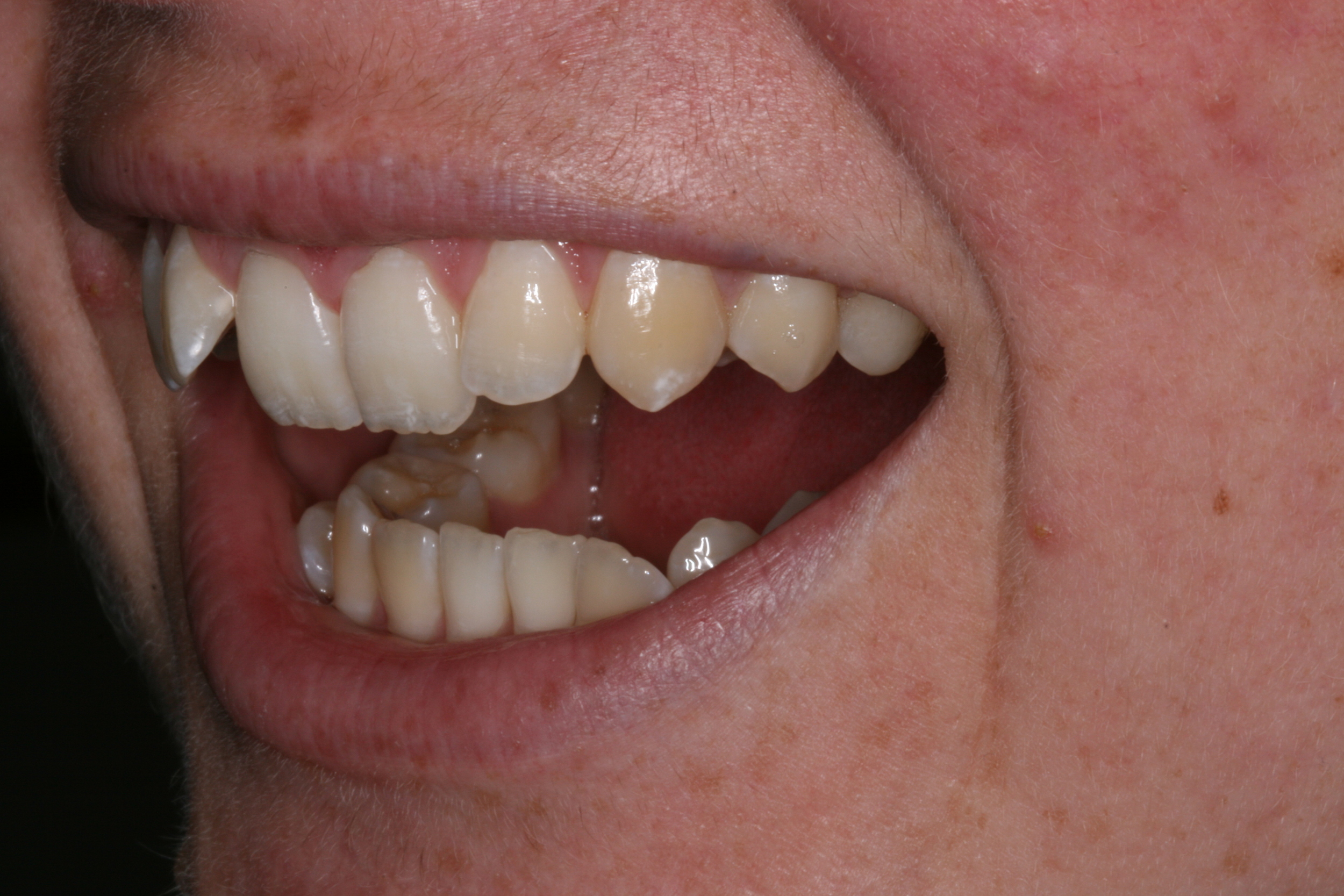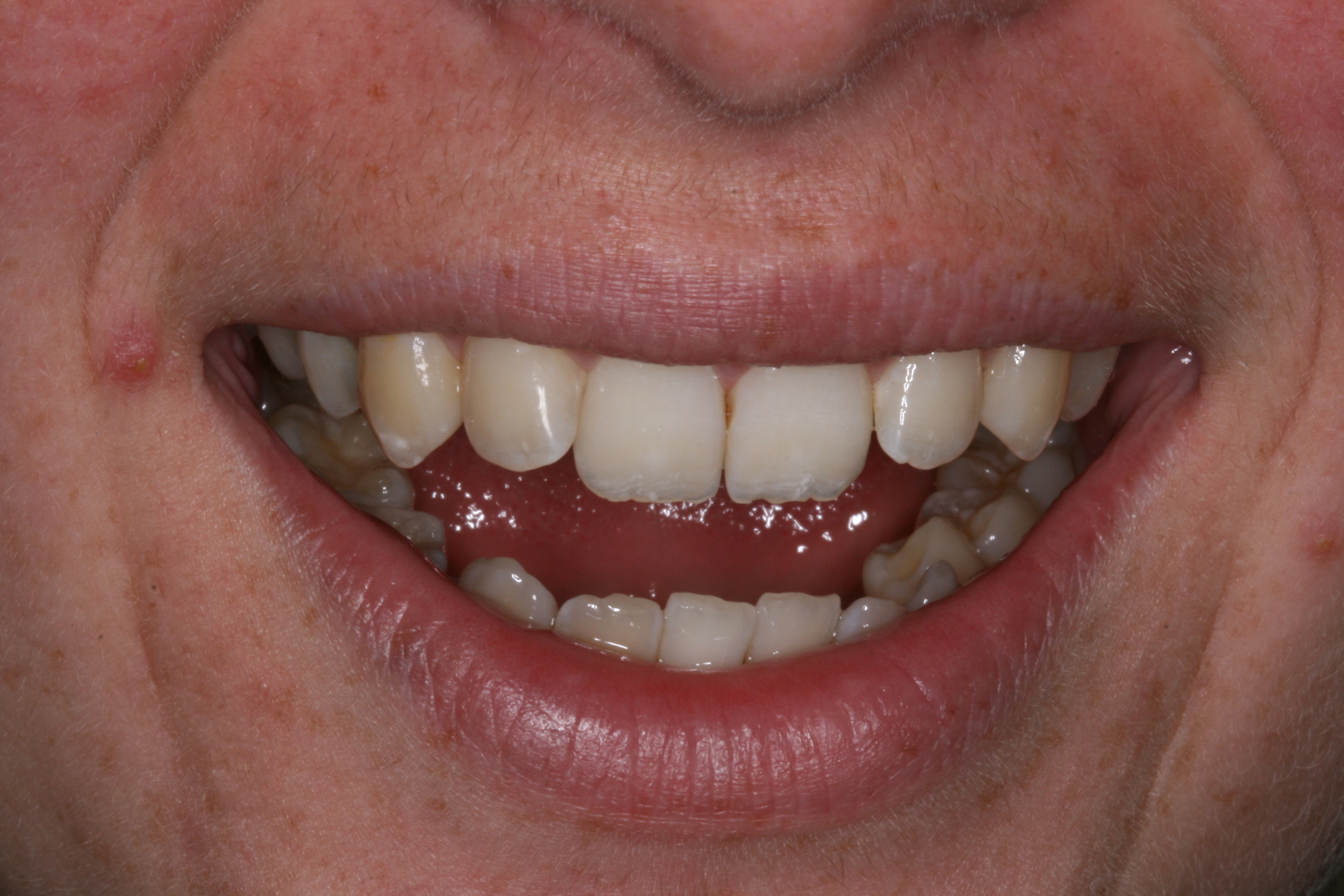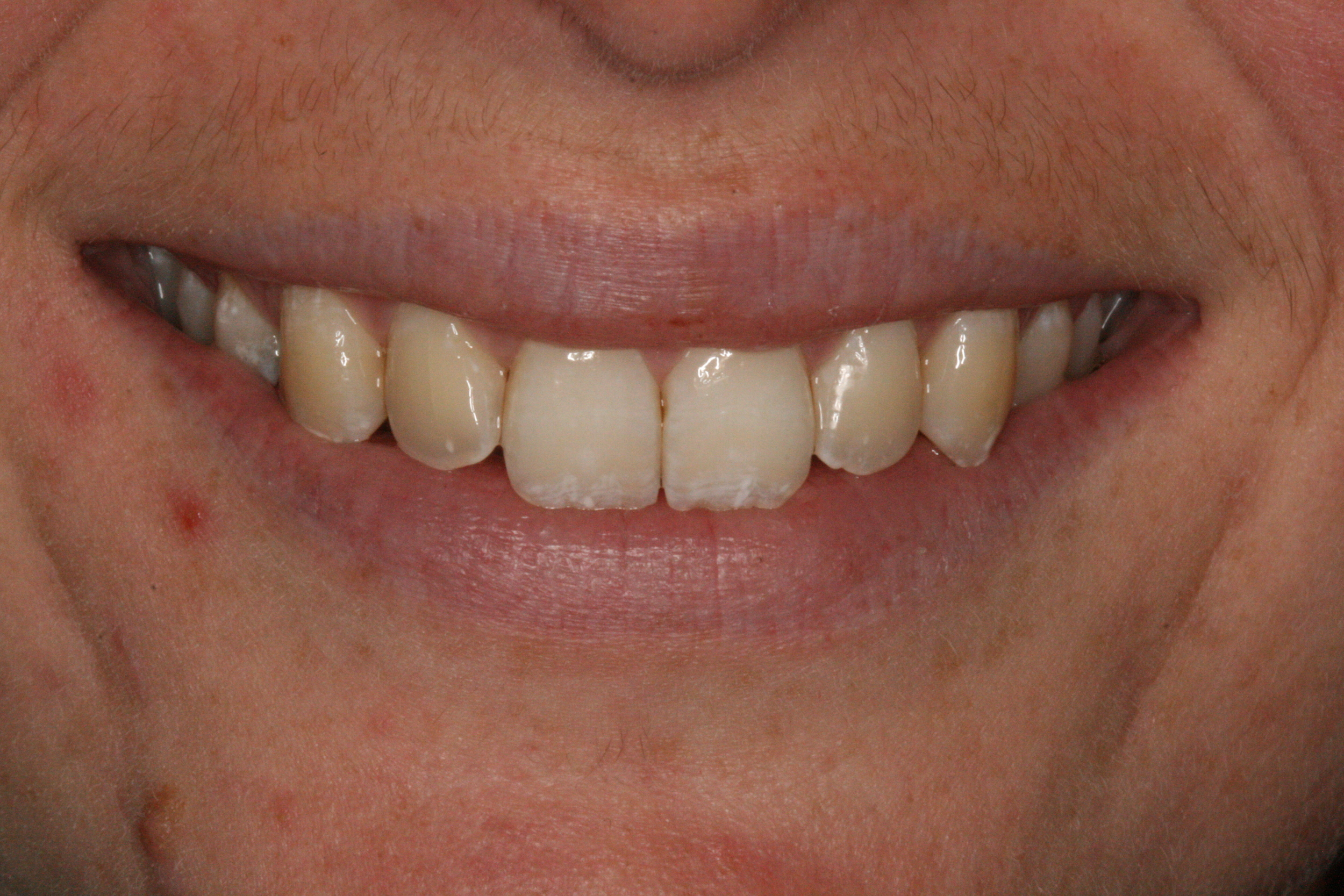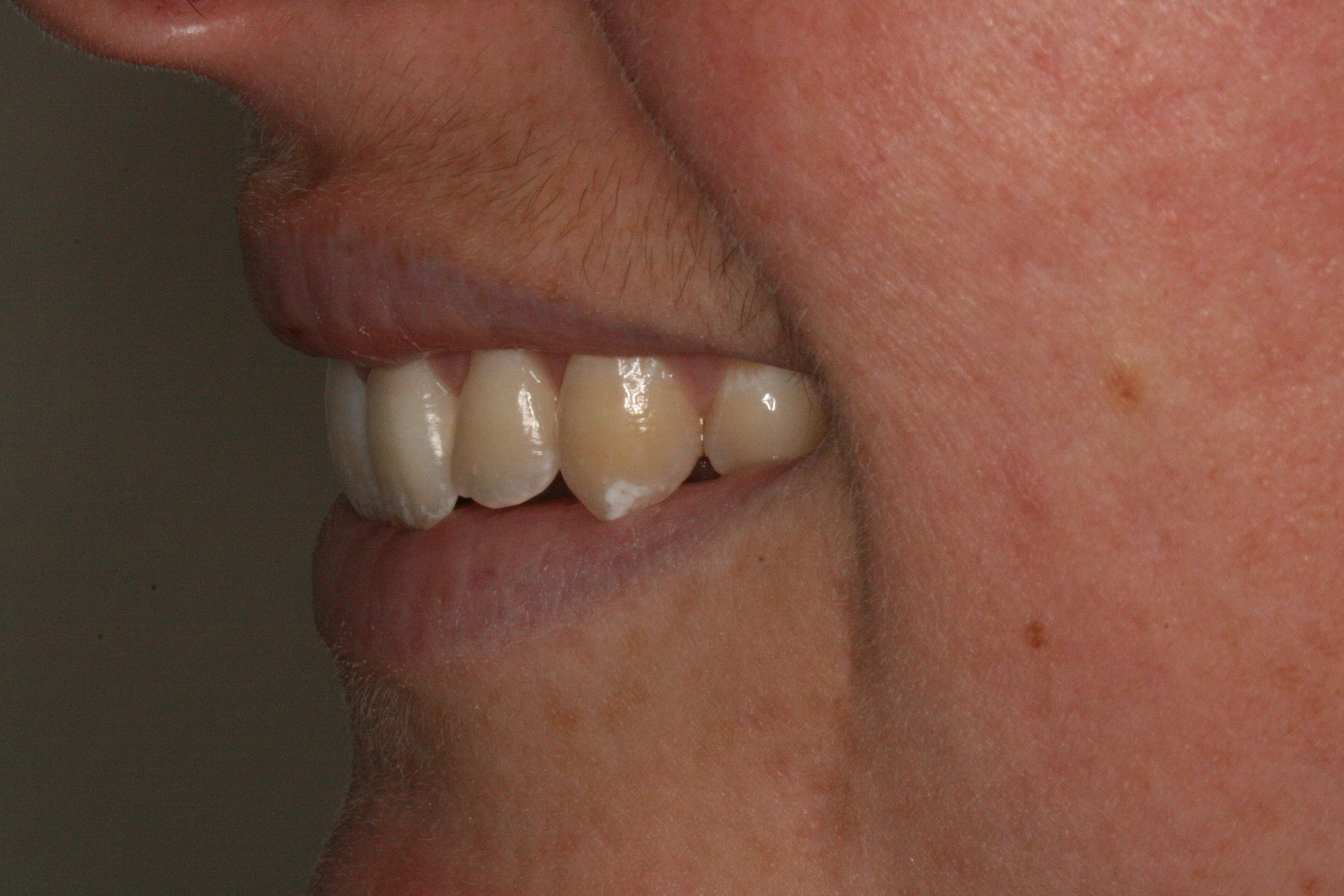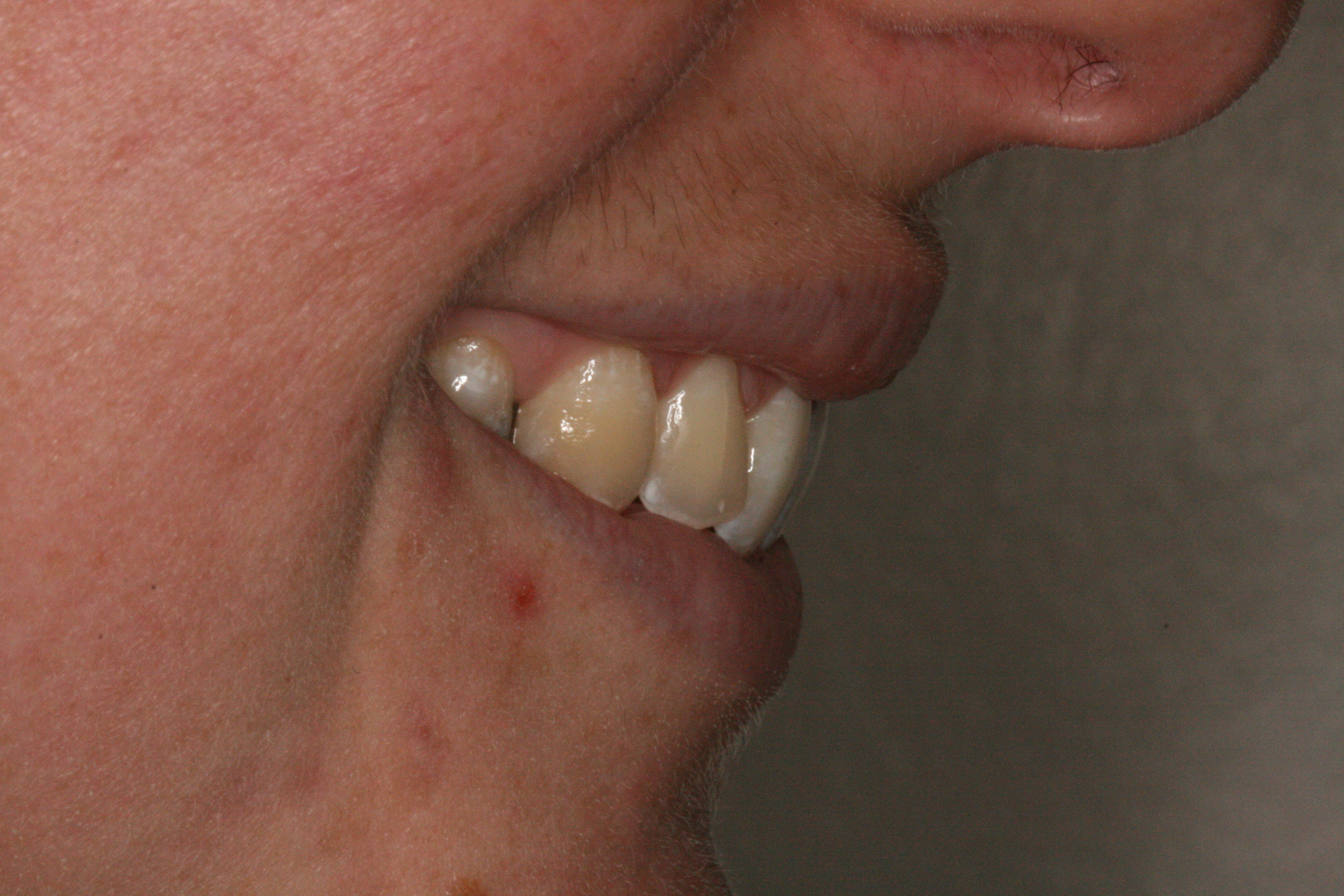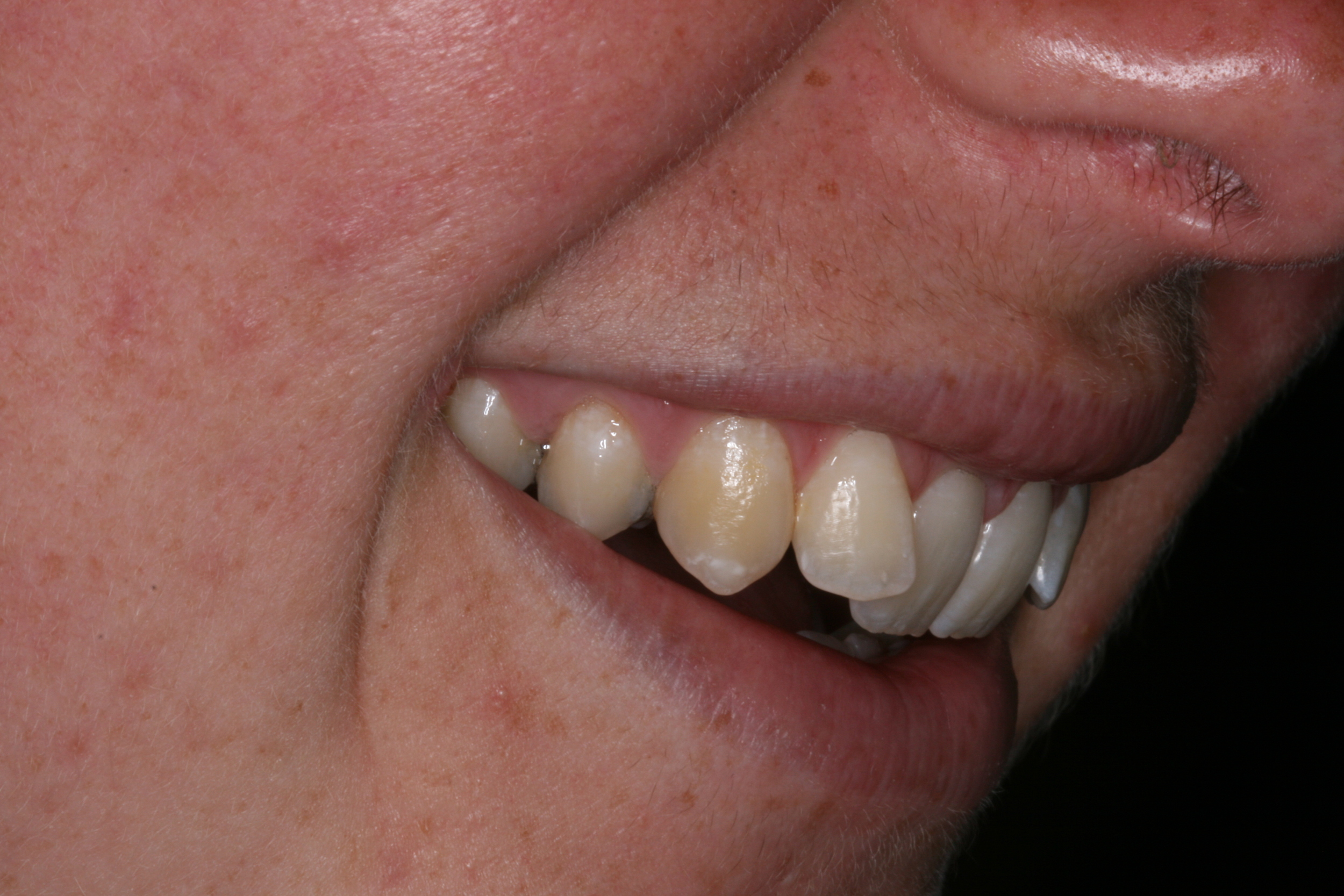The Tuddenham Road Dental Surgery | Treatments Explained
Tooth Coloured Fillings, Crowns, Bridges and Onlays, Root Canal Treatments, Dentures and Clear Aligners explained. Get in touch to find out more.
THE TUDDENHAM ROAD DENTAL SURGERY
TREATMENTS EXPLAINED
Tooth Coloured Fillings
White or composite fillings are a cornerstone of modern dentistry. Materials have now been developed that mimic our complex tooth structures to match the natural tooth’s properties such as colour, translucency, resistance to wear, lustre, flex and compressive strength.
Bonding agents are also improving all the time which allows us to predictably bond fillings to teeth where they need to stand up to the harsh environment of our mouths.
Teeth and fillings are exposed to immense forces in conditions which can vary between wet or dry, acidic or alkaline, hot or cold and under constant attack from bacteria and other micro-organisms. It is a wonder that our teeth can cope as well as they do!
Tooth coloured fillings offer us an affordable option to repair teeth to their former glory to function and appear as if there was no damage to begin with. Needing minimal preparation to the remaining tooth structure we can condition and bond the dentine and enamel to enable us to add the filling material, replacing the lost tooth surface.
Unlike the old mercury or amalgam fillings we do not have to drill away more tooth structure than is necessary to just achieve a clean and disease-free bonding surface. With the amalgam fillings we had to drill undercuts in the preparation to create mechanical retention, however, with the composite/tooth coloured fillings we can rely on the nanomechanics of chemical bonding to fuse the filling with the tooth.
We can use tooth coloured fillings to restore teeth after trauma or decay and even use it to improve the appearance of teeth by covering up discolourations or building teeth out to close gaps.
Direct fillings using composite (tooth coloured) fillings have their limitations. Because they are built up in increments and there is a very small percentage of polarisation shrinkage there is a limit to the size filling that can be done. Where there is a lot of tooth damage a laboratory manufactured restoration such as a crown, veneer or onlay might be necessary.
Crowns, Bridges and Onlays
Sometimes teeth become so badly damaged that a direct filling is not a longterm option anymore. Then it becomes necessary to get the help of our specialist technicians to work their magic creating a restoration which will meet perfectly with your other teeth and look the same as the others.
Crowns, bridges and onlays are all what we call indirect restorations which means that we take an impression of the prepared tooth and the rest of the teeth in the arch and also an impression of the opposing arch. The technicians then cast models in stone which they can articulate to show exactly how your teeth meet. They will then use their considerable artistic skill to make a restoration which will replace the missing tooth structure. We describe to them in our instructions what your tooth’s colour and shade is. Sometimes we will take photographs and send them so that the aesthetic result can be as close to the natural or existing teeth as possible.
These cast restorations can be indicated where the gap to fill between two teeth is too wide, the biting forces are too much for direct restorations, teeth are weakened by fractures or potential fractures, missing teeth need to be replaced with a fixed permanent solution or a tooth has had a root canal treatment.
There are many different materials available to choose from when having a cast restoration made. Each has their advantages and disadvantages under certain circumstances.
The most common material used for crowns is porcelain which can be built up on its own for excellent aesthetics (sacrifice on strength) or built onto a metal thimble or core which can be a precious or non-precious alloy. It can be built up onto a zirconium thimble/core which gives excellent aesthetics and strength but may need a more aggressive preparation.
Sometimes we need a material that will be relatively soft (nonabrasive) so as to not wear the opposing teeth such as gold which can also be made very thin. Gold can be undesirable because of appearance (or the opposite) and it can be more expensive because of the price of the metal.
Your dentist will explain the pros and cons of each of the viable options so that you can decide together which material to ask for.
After the prep appointment you will leave the surgery with an acrylic temporary restoration so that the prepared tooth is protected and the function and aesthetics are temporised.
When you return approximately a week later the temporary restoration is gently removed and the permanent restoration is tried in for fit, function and aesthetics. If you and the dentist are happy it is permanently cemented.
Cast restorations are typically very strong but they do have a life expectancy in the region of 10 years. Reasons for failure may include further decay or damage to the tooth underneath the restoration, damage to the restoration itself or just the desire to have it match in with the colour or shade of the surrounding teeth as our teeth tend to change in shade over time and the cast restoration will stay the same apart from possibly getting superficial stains.
Root Canal Treatments
When the nerve of a tooth dies because of either infection or trauma it becomes necessary to do a root canal treatment.
If a tooth becomes non-vital (nerve dies) it can stay asymptomatic for years or an abscess can develop very quickly. In the short term a course of antibiotics can bring relief but the cause of the infection needs to be addressed. Antibiotics can only travel as far as your blood cells so if there is no blood supply in the tooth anymore the antibiotics will only be able to kill off the bacteria in the last 3mm of the root tip and will not reach the inside of the crown of the tooth. The result is that in time the bacteria will multiply in the crown and eventually cause another infection around the root tip. To stop this cycle of reinfection we have to remove the focus of infection therefore either removing the bacteria and other dead organic material from inside the root canal system or removing the root (read tooth) all together.
It is always better to preserve a natural tooth if this is at all possible so the best option is to root treat. The aim of a root canal treatment is to disinfect all of the canals found inside the crown and root system while removing all the dead organic material. After the canals have been disinfected and reshaped we do the root filling to eliminate any voids inside the root system where otherwise organic material can again build up to continue the cycle of infection around the root tip.
To ensure that bacteria can not re-enter the root canal system from the crown (top of the tooth) we have to do a permanent restoration that produces a perfect seal. Standard procedure is to have a crown of some description to restore the tooth with. This also helps to prevent fractures which can occur in root canal treated teeth. If a tooth develops a vertical fracture that stretches down into the roots it unfortunately needs to be extracted as a root canal treatment will not be successful.
Fractures can sometimes be present on a microscopic level even though not clinically visible. Very seldom will a fracture show on a x-ray. Cracks in roots can lead to a lot of frustration for the dentist and patient alike when they are not detectable. This can sometimes lead to root canal treatments not settling or teeth still being painful even after the nerve has been removed.
Sometimes referral to a specialist endodontist (dentist who has further qualifications and do root canal treatments on daily basis) is necessary to preserve a tooth. They work with microscopes and specialist instruments that allows them to more predictably achieve a successful root canal treatment in cases where there are complicating factors like narrow, blocked, multiple or very curved root canals.
Another option if a root canal treatment failed because of inaccessible roots is apicectomy where the tip of the root is surgically cleaned and sealed.
Dentures
Dentures are still a good option for replacing missing teeth under certain circumstances. Dentures can come in many shapes, sizes, designs and materials but what they all have in common is that they are all custom made for each patient by a very skilled technician.
We are very fortunate to have an excellent local denture technician with strong ties to the practice.
When a patient needs dentures to restore function and aesthetics we take impressions of the jaws which the technician uses to make plaster casts and create “bite blocks”.
At the next appointment we register how the upper and lower jaws come together and bite with the bite blocks and return them to the lab.
Next we are supplied with the teeth set up in wax so that we can do a try-in. At this appointment the patient is then able to see the shape, the size and the appearance of the teeth. We will check that we did register the bite correctly by looking at factors like speech and lip support. If there is anything that we are not happy with we can have it changed at this stage.
Once the patient and dentist is happy with the try-in it goes back to the lab to be finished in the chosen material.
The final appointment is the fit appointment. We would usually make some fine adjustments at this stage to make sure we have maximum contact of the denture teeth and remove any obvious spots that can cause discomfort.
From start to finish takes approximately four appointments with a week in between. It is some times possible to reduce this time at the discretion of the lab technician
A new denture will nearly always need some adjustments after the fit appointment because the gums are not the same thickness or consistency everywhere. The result can be pressure points that develop. We ask patients with new or replacement dentures to wear the denture for at least a day before coming in for adjustments so that we can see exactly where the pressure point is (red mark on the gum). This allows us to judge where to ease the denture to relieve the discomfort without sacrificing on retention. The soft tissues also mould around a denture so the denture become more harmonious with the mouth after a week or two.
Dentures can be made with acrylic, chrome-cobalt (metal) or poly-vinyl (flexible) bases and the teeth can either be made of acrylic, porcelain or composite. Your dentist will explain the benefits of each applicable material and together you can decide on the denture that will be right for you.
With the strains and stresses of every day use it can occasionally occur for a denture to require repair. We do offer a service along side our technician for this and normally repairs can be carried out in a 24 hour period.
Clear Aligners
Clear aligners is another type of orthodontic treatment that is available at The Tuddenham Road Dental Surgery. The treatment comprises a series of clear positioners similar to sports guards. The custom trays are made from a hard clear plastic that sits on the teeth like a sports guard. The positioners are only a fraction of a millimetre thick which makes it virtually undetectable when worn.
We take a set of impressions which then goes to a specialist lab where they scan them and use a software program to produce a series of models to gently move the teeth into their ideal positions. Using 3D printing they then produce models on which they manufacture the positioners. Typically there is 0.5mm difference in the position of the teeth that needs to be moved on every consecutive tray.
Each positioner is worn for two weeks at a time for at least 20 hours per day to achieve the movement.
The advantage of clear aligners are the fact that you can remove them to eat and to clean your teeth. They are very discreet and you can leave them out if you have an important social engagement for instance.
The disadvantage is that we are not in control of the final result, this is determined by the technician that is responsible for programming the computer. They will typically indicate where we need to slenderise the teeth(minimal filing of the contact areas) to allow the teeth to slide by each other and to create the space for aligning the arch.
It is also the responsibility of the patient to wear the positioners otherwise there will be no movement of the teeth. Treatment with Clear Positioners takes longer than fixed braces such as Six Month Smiles and are more expensive because of higher lab fees.






